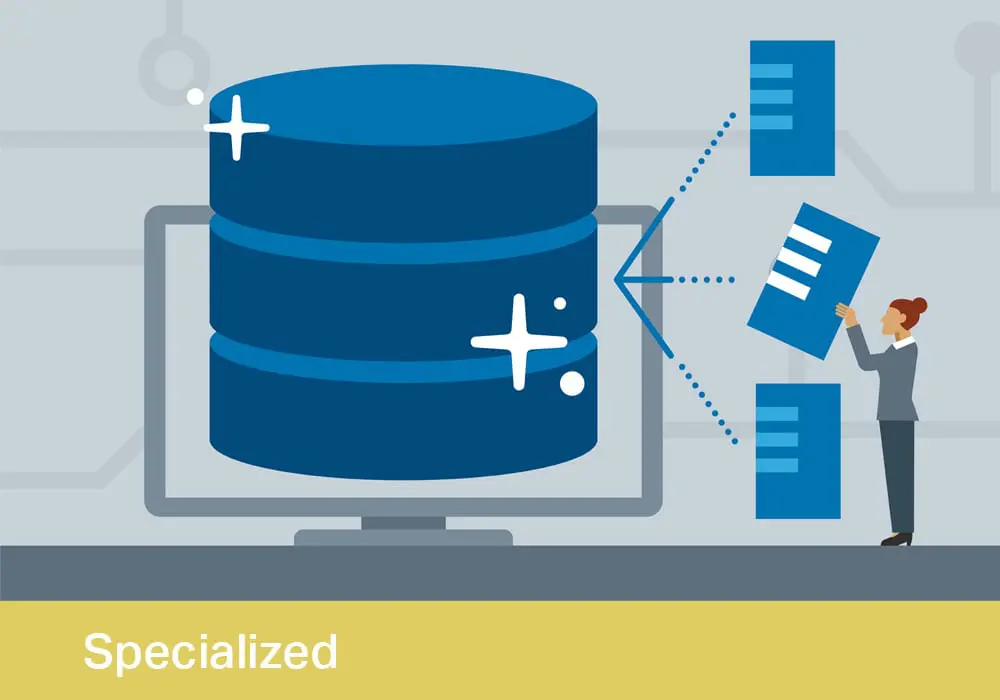Acest curs nu mai face parte din portofoliul vendorului. Contactați-ne pentru detalii suplimentare.
In this course you will gain the skills as Application developers by learning to manage the database objects, data dictionary views and multicolumn subqueries. You will also learn to write more efficient queries using the functions supporting the timezone and regular expressions.
Also, during this course you will learn how to grant and revoke privileges and roles, how to manage schema objects and data dictionary views, how to write efficient and complex subqueries, and how to use the in-built functions supporting the usage of regular expressions and time zone.
This course is aimed at Application Developers, Database Administrators, Forms Developers, Functional Implementers PL/SQL Developers and System Analysts.
Upon completion you will know how to:
- Control database access to specific objects;
- Add new users with different levels of access privileges;
- Manage schema objects;
- Run data definition language (DDL) statements to create and manage schema objects;
- Manage objects with data dictionary views;
- Manipulate large data sets in the Oracle database by using subqueries;
- Manage data in different time zones;
- Write multiple-column subqueries;
- Use scalar and correlated subqueries;
- Use the regular expression support in SQL.
Students need to have:
- Basic Knowledge of SQL;
- Familiarity with SQL Developer, SQL*Plus;
- Oracle Database: SQL Workshop I Ed 2 NEW.
Introduction
- Course Objectives, Course Agenda and Appendixes Used in this Course
- Provide an insight of the development environments
- Tables used in the Course
- Review of the SQL Concepts
Introduction to Data Dictionary Views
- Introduction to Data Dictionary
- Describe the Data Dictionary Structure
- Using the Data Dictionary views
- Querying the Data Dictionary Views
Creating Sequences, Synonyms, Indexes
- Overview of sequences
- Overview of synonyms
- Overview of indexes
Creating Views
- Overview of views
Managing Schema Objects
- Managing constraints
- Creating and using temporary tables
- Creating and using external tables
Retrieving Data by Using Subqueries
- Retrieving Data by Using a Subquery as Source
- Working with Multiple-Column subqueries
- Using Scalar subqueries in SQL
- Correlated Subqueries
- Working with the WITH clause
Manipulating Data by Using Subqueries
- Using Subqueries to Manipulate Data
- Inserting by Using a Subquery as a Target
- Using the WITH CHECK OPTION Keyword on DML Statements
- Using Correlated Subqueries to Update and Delete rows
Controlling User Access
- System privileges
- Creating a role
- Object privileges
- Revoking object privileges
Manipulating Data Using Advanced Queries
- Overview of the Explicit Default Feature
- Using multitable INSERTs
- Using the MERGE statement
- Performing flashback operations
- Tracking Changes in Data
Managing Data in Different Time Zones
- Working with CURRENT_DATE, CURRENT_TIMESTAMP,and LOCALTIMESTAMP
- Working with INTERVAL data types
- Using Datetime functions in queries
Nu există cursuri recomandate după finalizarea acestui curs.
Nu sunt programe de ceritifcare pentru acest curs.


